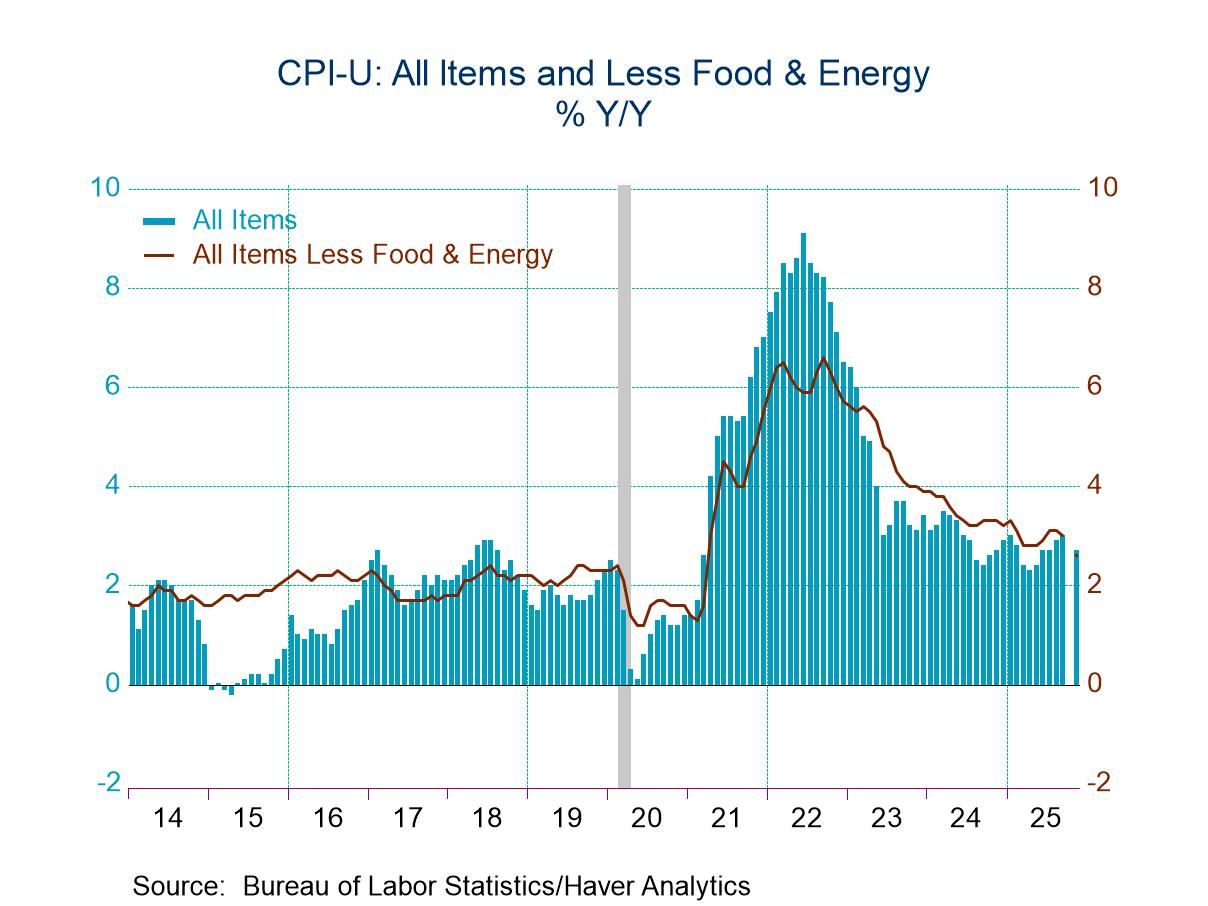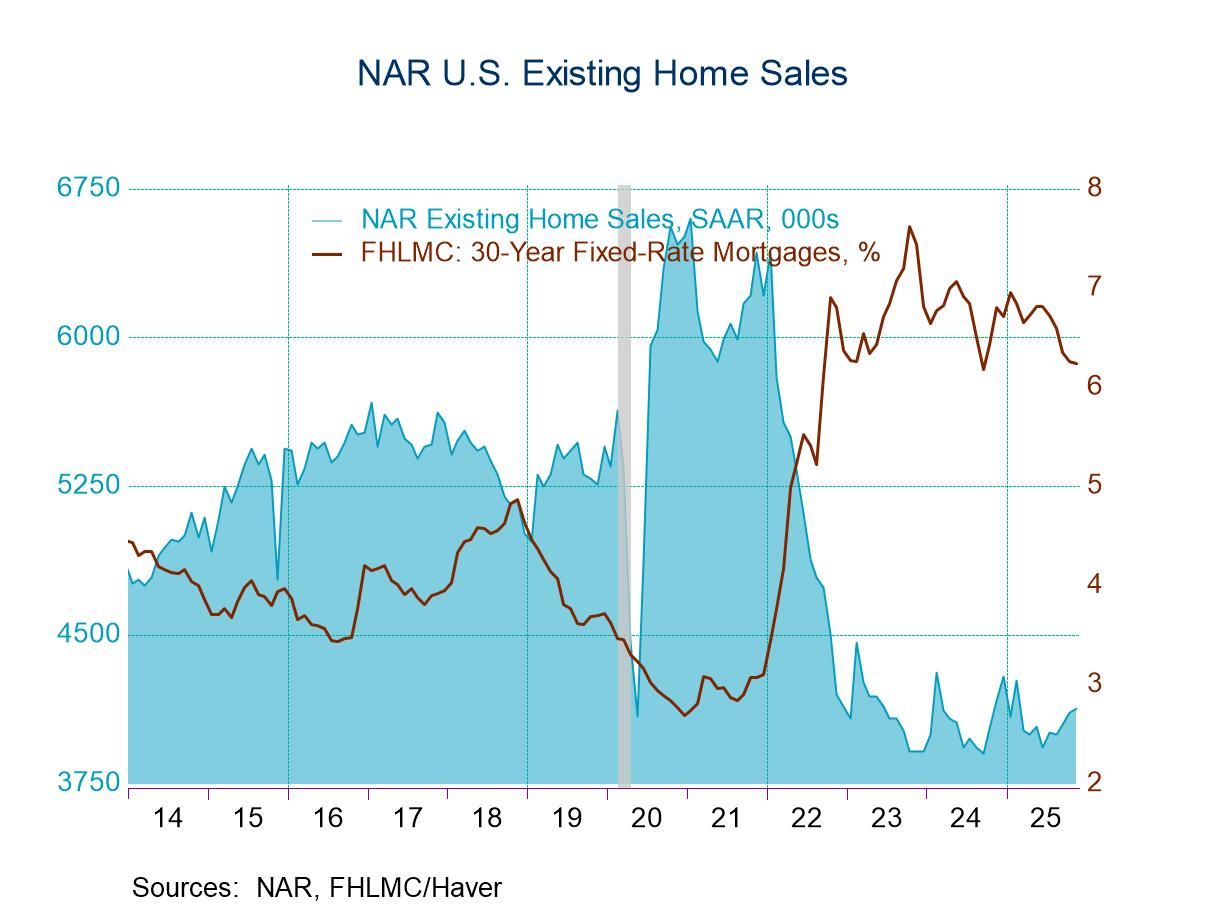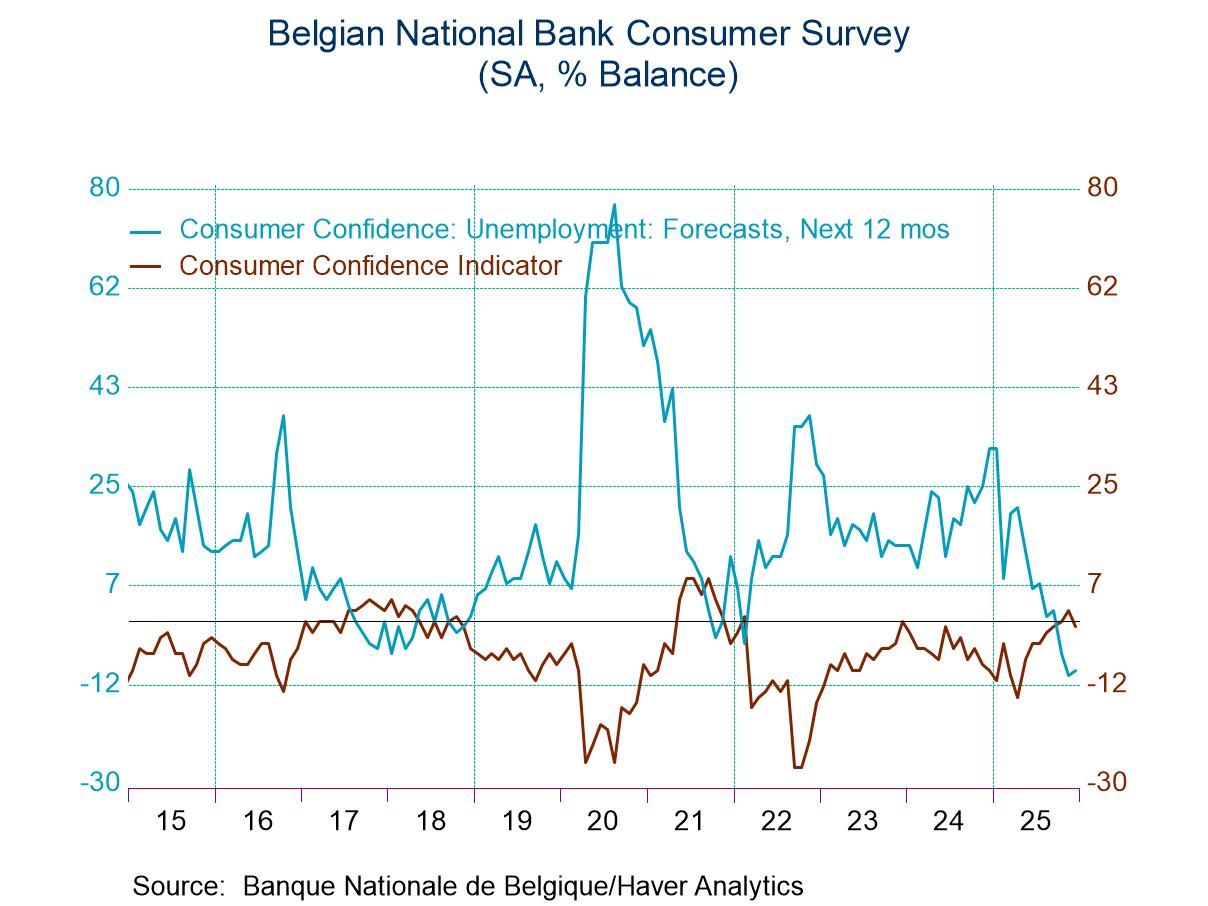U.S. Philly Fed Manufacturing Index Jumps in July
by:Sandy Batten
|in:Economy in Brief
Summary
- The headline index jumped nearly 20 points, led by strong performances by both orders and shipments.
- However, ISM-adjusted composite slipped a bit, indicating that the jump in the headline index was not widely supported by the components.
- Delivery times shortened markedly while both prices paid and prices received indexes posted significant gains.
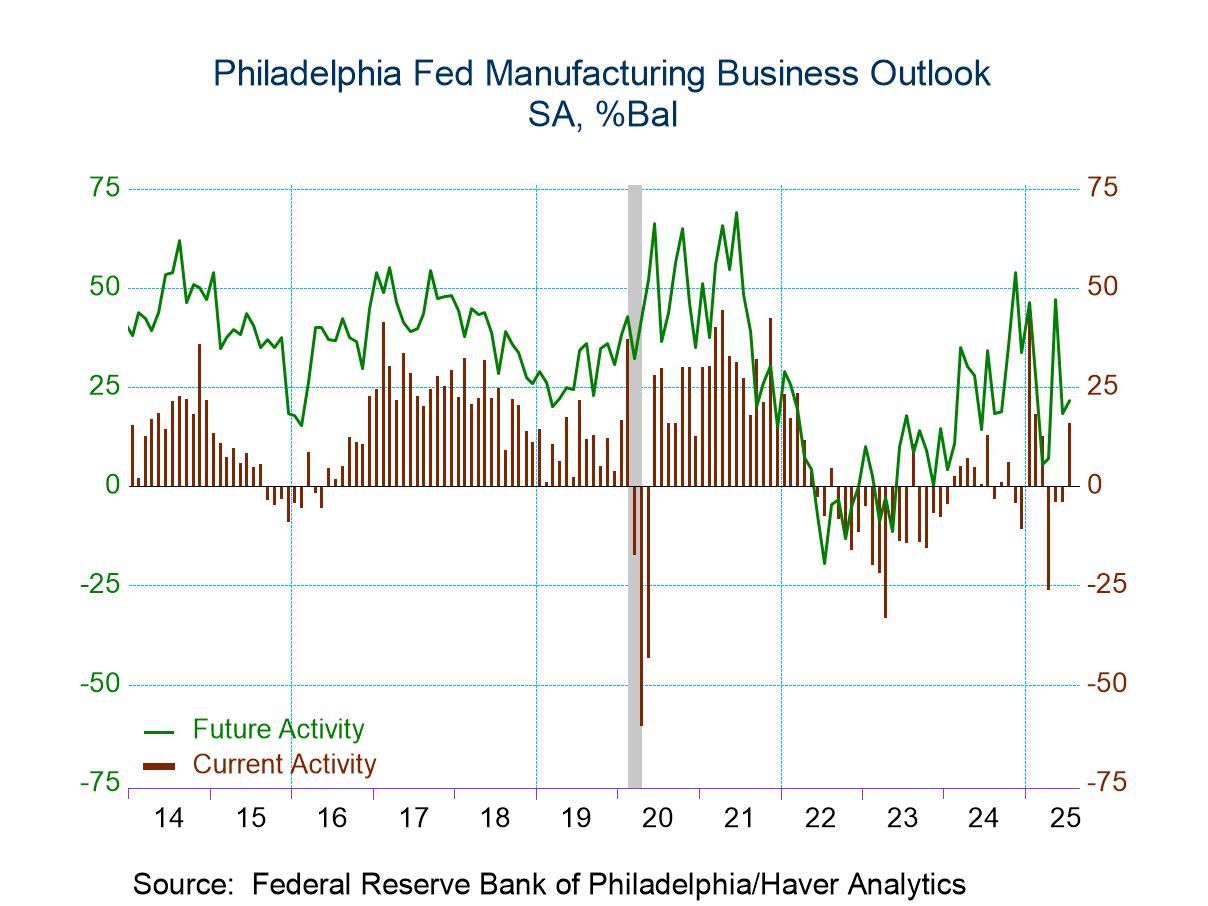
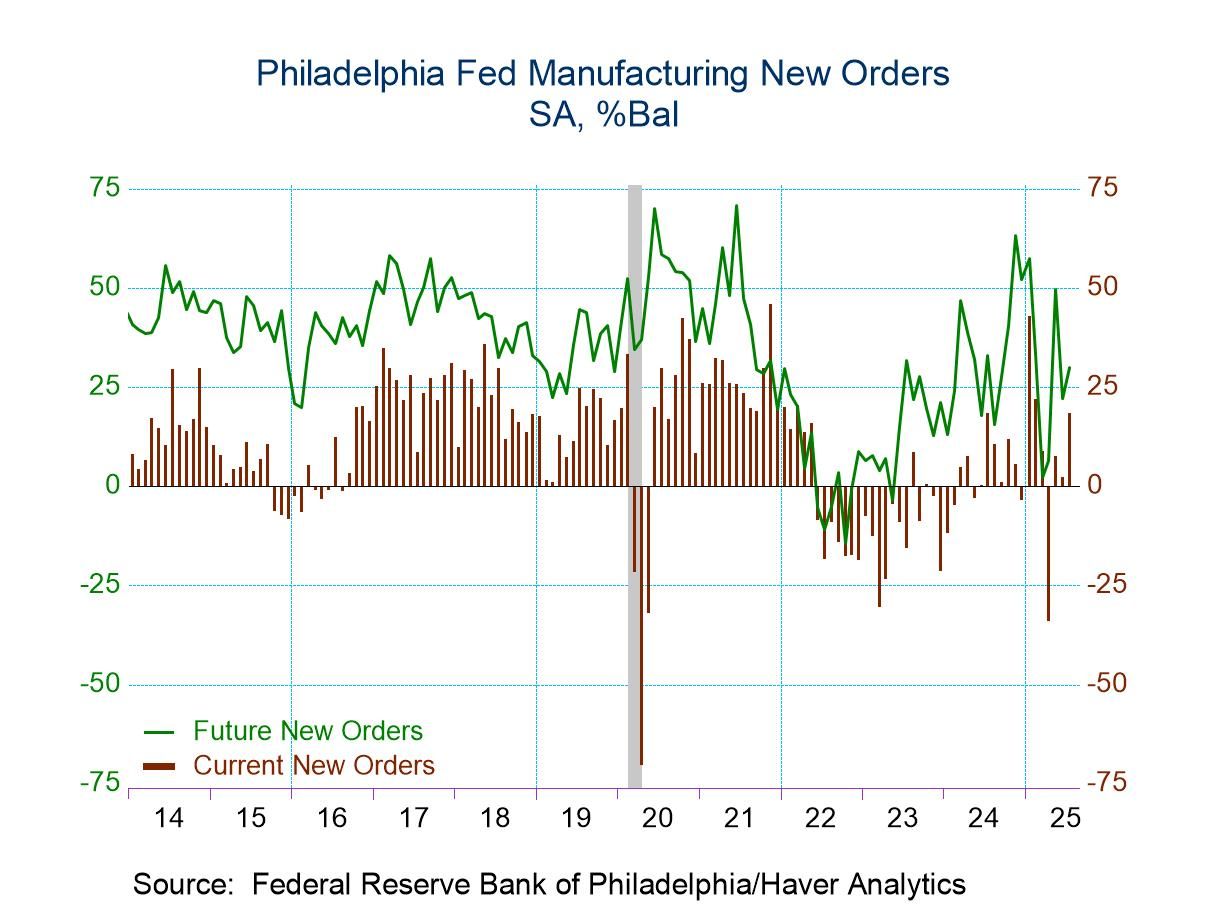
The Current Activity Diffusion Index from the latest Manufacturing Business Outlook Survey (MBOS) conducted by the Federal Reserve Bank of Philadelphia, jumped nearly 20 points to 15.9 in July from -4.0 in June. This was the first positive reading since March and the highest reading since February. A positive reading points to expansion in activity in the Third Federal Reserve District. A reading of -0.3 for July had been expected by the Action Economics Forecast Survey. Nearly 32% of respondents reported an increase in activity in July versus 24.5% in June while 16% reported a decline, down markedly from 28% in June. Responses to this month's survey were collected from July 7 to July 14.
The headline index reflects the answer to a single question on activity. Haver Analytics calculates an ISM-adjusted current activity diffusion index from five key components using the methodology employed in constructing the national ISM index. That index slipped to 51.2 in July from 51.4 in June, indicating that the outsize jump in the headline index was not widely supported by the components. Still, readings above 50 for the ISM-adjusted index point to continued expansion.
Looking at the component indexes, orders and shipments posted significant gains with new orders jumping to 18.4 in July, the highest reading since February, from 2.3 in June and shipments surging to 23.7 from 8.3 in June. Thirty-five percent of respondents reported an increase in new orders while 17% reported a decline; 32% reported an increase in shipments versus only 9% reporting a decline. Employment returned to positive territory in July, rising to 10.3 from -9.8 in June. In contrast, unfilled orders slipped to 5.7 from 9.3 and delivery times shortened with the index falling to -4.7 from 13.6. Inventories also slid, to -1.3 in July from 3.6 in June.
Inflation indicators picked up in July with the prices paid index jumping to 58.8 from 41.4 in June. Nearly 61% of respondents reported paying higher prices for inputs, up from 41% in June. The prices received index rose to 34.8 from 29.5 in June with nearly 35% reporting that they received higher prices this month, up slightly from 32% reporting increases in June.
The outlook continues to be clouded. The Future Activity Index rebounded slightly to 21.5 in July after having plunged to 18.3 in June from 47.2 in May. Forty-one percent of respondents expect an increase in activity over the next six months, down from 45% in the June survey and 67% in May. Expectations for new orders and inventories improved while expectations for shipments, delivery times and employment fell. Expectations for capital spending rose slightly to 17.1 from 14.5 but are still down meaningfully from a recent high of 39.0 reached in January, likely a response to the marked increase in policy uncertainty generated by the Trump administration.
The Manufacturing Business Outlook Survey (MBOS), conducted by the Federal Reserve Bank of Philadelphia, is a monthly survey of manufacturers in the Third Federal Reserve District. Participants indicate the direction of change in overall business activity and in the various measures of activity at their plants. The diffusion indexes in the MBOS represent the percentage of respondents indicating an increase minus the percentage indicating a decrease. The series from the survey dating back to May 1968 can be found in Haver's SURVEYS database. The expectations forecast figures are from the Action Economics Forecast Survey in AS1REPNA.
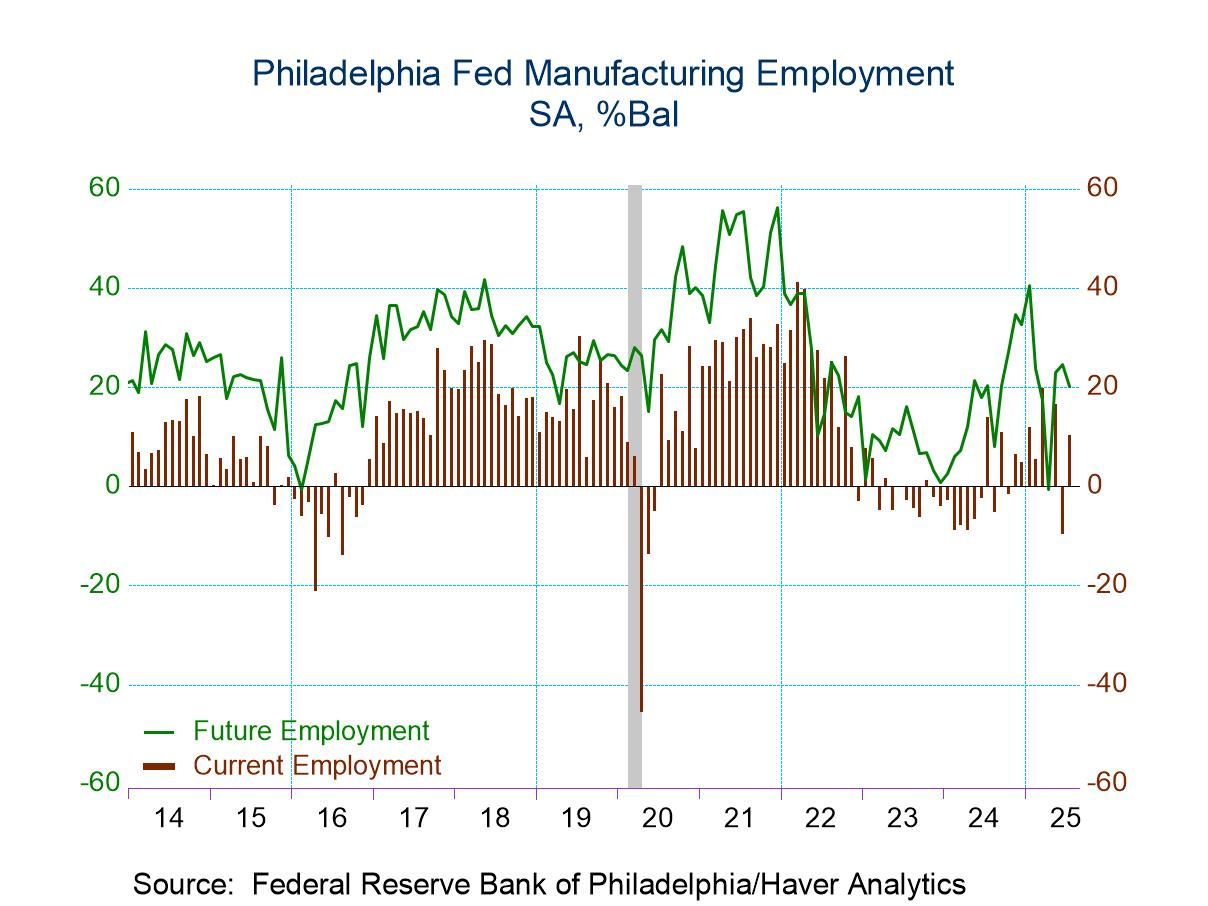
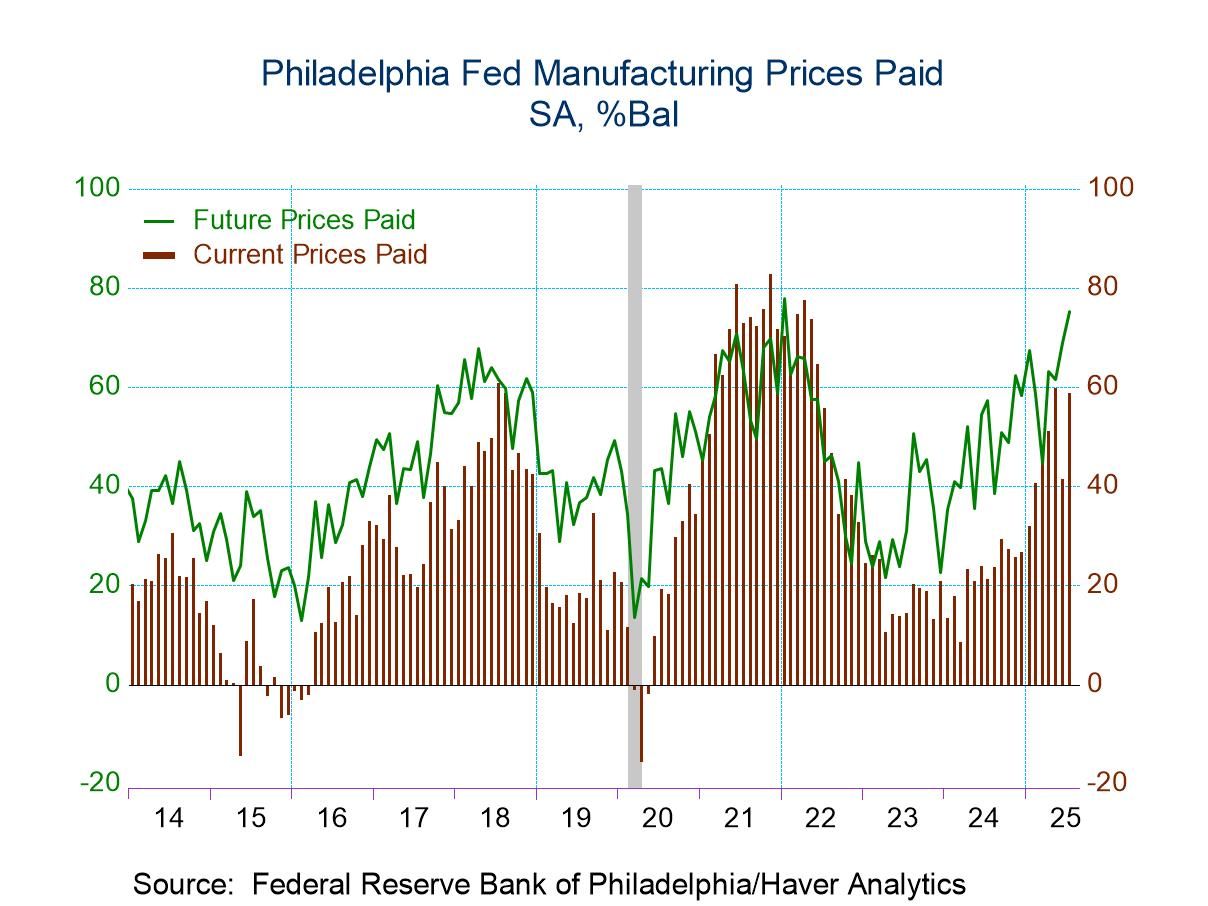
Sandy Batten
AuthorMore in Author Profile »Sandy Batten has more than 30 years of experience analyzing industrial economies and financial markets and a wide range of experience across the financial services sector, government, and academia. Before joining Haver Analytics, Sandy was a Vice President and Senior Economist at Citibank; Senior Credit Market Analyst at CDC Investment Management, Managing Director at Bear Stearns, and Executive Director at JPMorgan. In 2008, Sandy was named the most accurate US forecaster by the National Association for Business Economics. He is a member of the New York Forecasters Club, NABE, and the American Economic Association. Prior to his time in the financial services sector, Sandy was a Research Officer at the Federal Reserve Bank of St. Louis, Senior Staff Economist on the President’s Council of Economic Advisors, Deputy Assistant Secretary for Economic Policy at the US Treasury, and Economist at the International Monetary Fund. Sandy has taught economics at St. Louis University, Denison University, and Muskingun College. He has published numerous peer-reviewed articles in a wide range of academic publications. He has a B.A. in economics from the University of Richmond and a M.A. and Ph.D. in economics from The Ohio State University.



